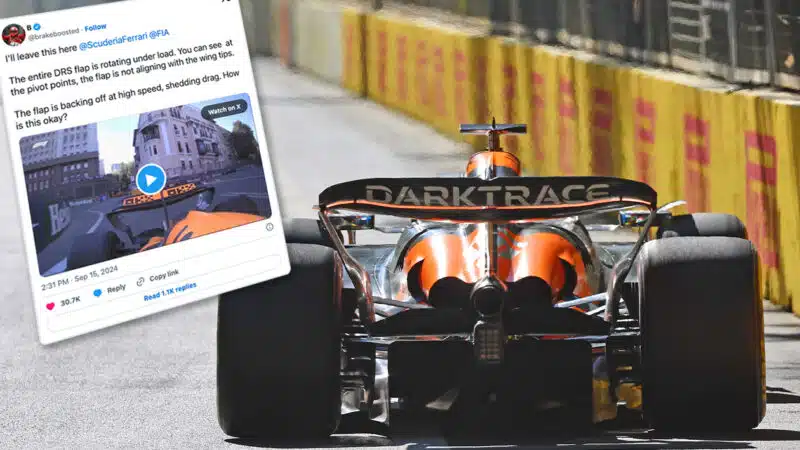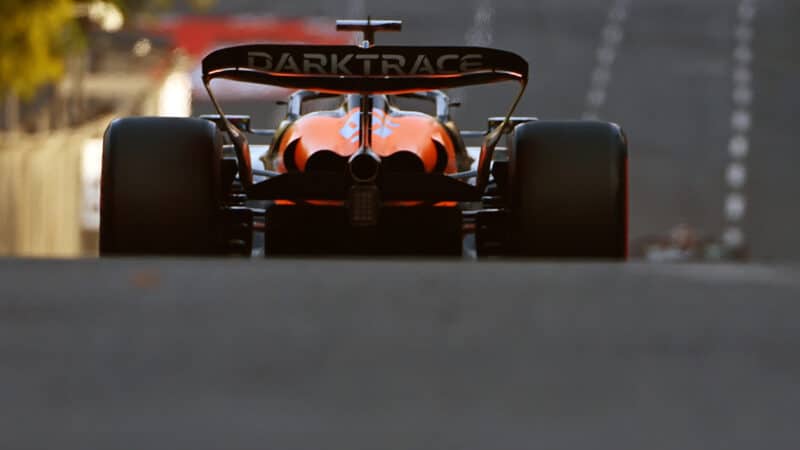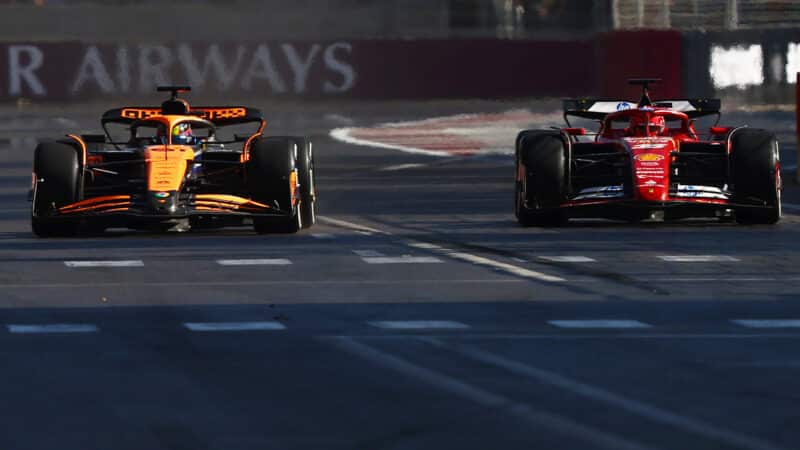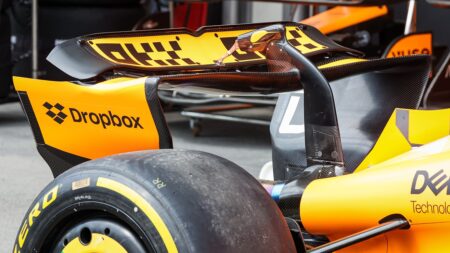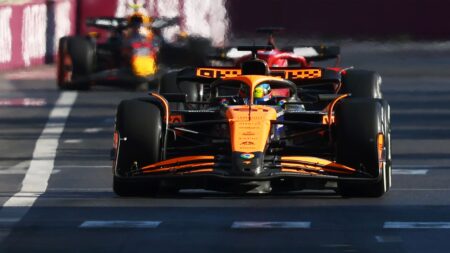On this occasion, F1 journalist Matt Somerfield was the first to point out the flexing. “I am no expert,” says Becker. “Just a fan of motor sport who happens to have a slight interest in the technical side of the sport. The ‘abnormal’ behaviour of the wing was first noted by Matt on a group chat where fans, creators, technically educated students, journalists & people in and amongst the sport on a regular basis have discussions about all things motorsport.
“I then went and looked at onboard angles of the rear wing just to clarify, for my own interest, whether what I was seeing was indeed not a reflection that is playing on the eyes.
“I was quite surprised that what I was seeing was actually happening, not because what I was immediately convinced what I was seeing is against the rules, but rather that so few people have noticed it.
“Nowadays, fans are always trying to eagle-eye these things. Up until then, it was only really mentioned in the group chat.
“It escalated rather quickly from realising what I was seeing and creating the post. The details I included was really just describing what I was seeing in the footage, there was not much thought put behind it at this point.”
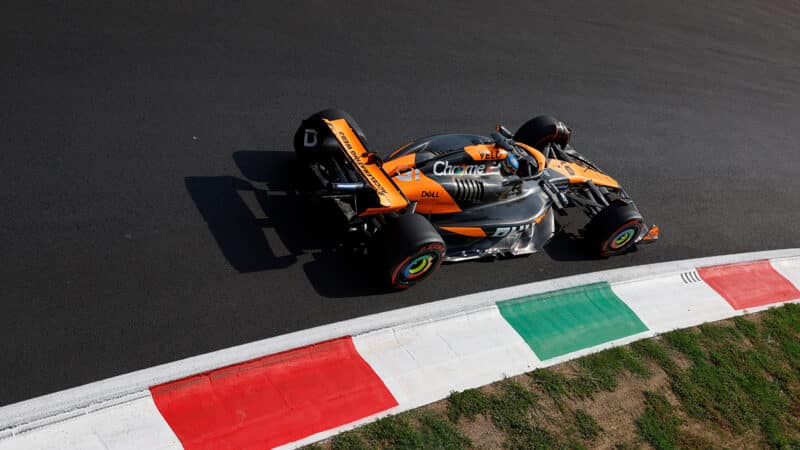
Further research showed more McLaren wing deformation in Italy
McLaren
Fans quickly filled Becker’s mentions with contrary explanations of optical illusions, or assurances that the mechanism was entirely legal. Initially, he replied to each one. That soon became unsustainable.
“Notifications didn’t stop coming through! Then once I saw major news outlets start writing and taking note of this mini DRS trick, my thoughts were, ‘maybe there is more to this’.
“The nature of this topic happens a lot on social media. Most of it noise, most of it never gains any traction, and I didn’t expect it to either. I was not set on receiving a response whatsoever. It was more of a fan-like reaction in the heat of the moment.”
“Content creators should be taken more seriously”
The raft of media articles, podcast discussions and TV coverage continued over four full days between the end of the Baku race and the first appearance of the drivers in Singapore. At that point, there was suddenly an official acknowledgement that the video was worthy of investigation.
“I had no idea it was being discussed amongst teams and the FIA at all until I read an article where an FIA statement was quoted regarding the use of flexible bodywork and that they’d be monitoring the situation,” says Becker.
A day later, McLaren announced its decision to redesign its low-downforce rear wing, following discussions with the FIA. It was a sensational outcome, considering the close margins between the front-runners, and the effect that even a small detail might have on the rest of the championship.
From Becker, however, there was no gloating: “If it has helped teams have a gauge on where to draw the line when it comes to flexible bodywork, you can consider me satisfied,” he says. “I’m just glad I got to have an impact. As a fan, I’d hope the outcome somewhat benefits the team I support.”
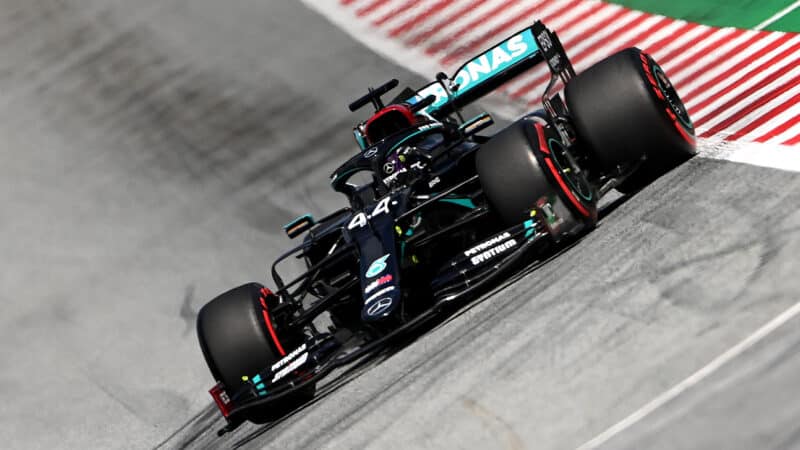
Lewis Hamilton was handed a grid penalty in Austria, 2020, when an onboard video, highlighted on social media, showed him failing to slow for yellow flags
Joe Klamar/AFP via Getty Images
The power of content creators
It appears to be the first time that social media has been so definitively linked to a car design issue, although teams have been aware of the power of crowdsourcing from their fans for some time.
In 2020, Red Bull successfully challenged Lewis Hamilton’s second-place qualifying result at the Austrian Grand Prix after a social media user alerted the team to new 360-degree camera footage that emerged after the session.
It showed Hamilton’s Mercedes passing a flashing yellow board on his final qualifying lap, which he should have slowed for. Stewards then penalised him for ignoring the warning with a three–place grid penalty.
